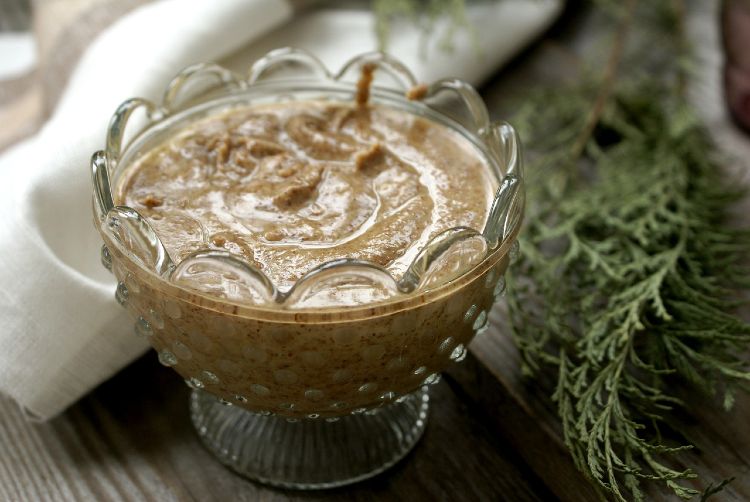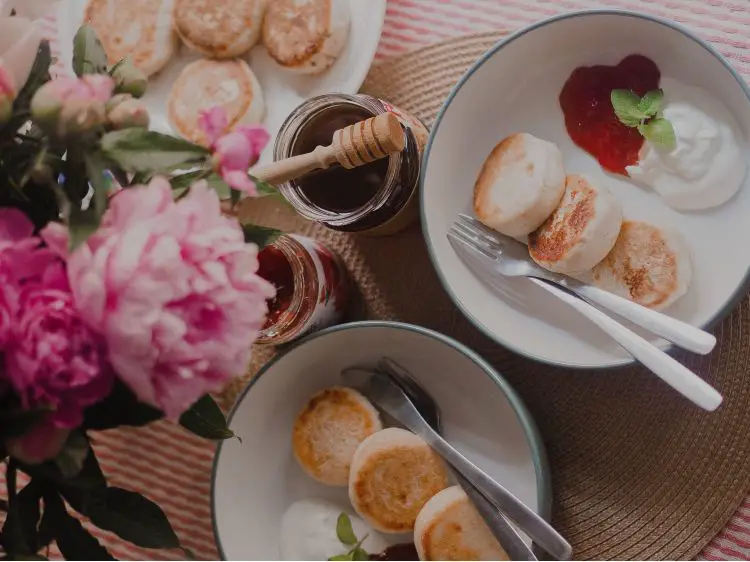To The Curious in Vegetables: A Brief History of The Pineapple in London
I like pineapple; it feels as if it’s doing you good. Pineapple is a helpful fruit. It’s also one of those imports which lost all its exoticism in the late 20th century when we were force fed it with condensed milk. Now that fresh pineapple is so readily available it doesn’t have quite the desirable edge it once did. In Georgian London though, pineapple was very desirable indeed. The first imports are unknown, although Elizabethan adventurers encountered it. In 1675, Charles II was pictured receiving a pineapple, supposedly the first successfully cultivated on English soil, from his gardener John Rose.
After that, there is something of a scramble for second and third place between John Blackburne of Orford in Lancashire (who died in 1787 aged 96) and the gardener to Sir Matthew Decker (who died in 1749). Mr Bradley, horticulturalist, believed it to be Decker’s gardener, as published in his Monthly Treatises of Husbandry and Gardening &c., ‘Observations on the Management of the Pine Apple & other West Indian Plants by a new Invented stove’, advertised in the Evening Post of 28th January 1724.
In 1735, twenty-one year old American Robert Hunter Morris accompanied his diplomat father on a trip to London and on the 30th of June visited a friend’s garden of ‘luctutious plants’ (does this mean succulents?), which included ‘the pineapple, of which he had a great many and they seemed to flourish very well. They grew in pots of earth which were set in a bed of tanners bark’. Incidentally, Robert was an interesting young character, who was very conscious of his father’s welfare and notes many tiny details about London life that would otherwise be missed. His London diaries are short and worth a read if you come across them.
An article on education in the London World during 1755 makes casual reference to the pineapple thus:
“Through the use of hothouses…every gardiner that used to pride himself in an early cucumber, can now raise a pineapple.”
By 1772, pineapples were no longer the preserve of those with hothouses of their own. They were available to purchase at the markets, and also as plants to take home and grow for yourself, or with which to stock a nursery. I love the sound of Andrew Moffett’s ‘Pinery’ on Grange Road in Southwark, where ‘Fruiting and Succession Plants’ were to be purchased of the largest and sweetest sort, guaranteed ‘free of insects’.
As the 18th century went on, the pineapple became a common theme on dishes, plates, teapots, tea caddies and even in architecture. Many believe it symbolises hospitality.
By February 1798, any problems with planting environment had clearly been overcome, as Mr William North, at his Nursery near the Asylum in Lambeth, Surrey, was advertising new forms of dwarf broccoli above his pineapple plants. The advertisement from the Morning Chronicle gives an insight into 18th century horticulture, and also gives rise to the excellent title of this post: “To the curious in vegetables”. It is interesting to see that by this stage, the pineapple was worthy only of a nota bene but also interesting to note that a London tradesman was content to advertise not only the largest selection in England, but also in Europe:
The largest collection of Pine-Apple Plants and Grape Vines in Pots for the Hot-house, &c., in Europe, with every other article of the first quality in Horticulture.
Author contact details:
Lucy Inglis: www.lucyinglis.com
Blog: www.georgianlondon.com.
Twitter: @lucyinglis

